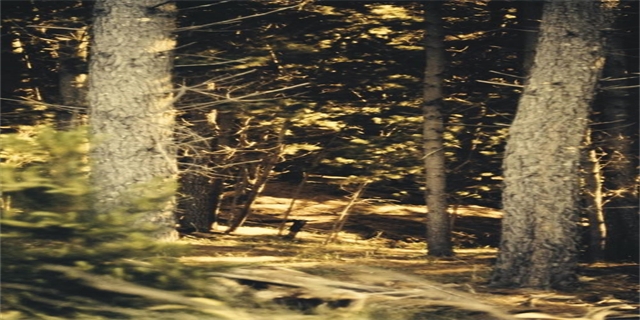knife的意思(Knife and Its Meaning)

Knife and Its Meaning
Introduction
A knife is a cutting tool consisting of a sharp-edged blade attached to a handle. It has been used by humans since prehistoric times and has served various purposes throughout history. The significance of a knife goes beyond its function as a tool; it is also deeply embedded in cultural, artistic, and symbolic contexts. In this article, we will explore the meaning of a knife and its role in society.
Part 1: The Practicality of a Knife

Knives are primarily used for cutting, slicing, and chopping. They are essential tools in the kitchen, enabling us to prepare food for consumption. Different types of knives have specific functions, such as a chef's knife for general use, a bread knife for slicing bread, and a paring knife for intricate tasks like peeling fruits and vegetables.
Outside the culinary world, knives have practical applications in various fields. For example, hunters and fishermen rely on knives for cleaning and dressing game or cutting fishing lines. Survivalists and outdoor enthusiasts also consider knives as essential tools for fire-making, shelter construction, and self-defense in wilderness situations.
Part 2: Knife as a Symbol

Kitchen knives, folding knives, and even ceremonial daggers hold symbolic meaning in different cultures. In Japanese culture, the traditional Santoku knife embodies the spirit of culinary mastery and is considered a symbol of the chef's skill. On the other hand, Swiss Army knives represent versatility and preparedness, with their various blades and additional tools.

Historically, the knife has also symbolized power and authority. Ceremonial daggers, such as the Scottish Dirk or the Indonesian Keris, were worn by nobility and dignitaries as a display of status. In some societies, a knife has been associated with bravery and honor, as evidenced by the awarding of military or combat knives to soldiers and warriors.
Part 3: The Knife in Arts and Literature
The knife has long been a subject of fascination for artists, writers, and filmmakers. Its sharpness and potentially dangerous nature give it an aura of tension and intrigue. In literature, knives often feature in mystery and crime genres as weapons or tools that drive the plot forward. Famous examples include Sherlock Holmes' deerstalker cap and magnifying glass, which he uses to solve crimes.
Artists have also used knives as a medium for their creativity. The art of paper cutting, or \"kirigami,\" involves using a knife to cut intricate designs into paper. Sculptors use knives to carve, shape, and refine their creations from blocks of stone or wood. The process of wielding a knife in art allows for precision and control, with each stroke contributing to the final masterpiece.
Conclusion
The knife is not merely a tool; it carries deep cultural, symbolic, and artistic significance. Its functionality extends beyond daily tasks, making it an integral part of our lives. Whether in the kitchen, as a symbol of power, or as a creative medium, the knife has left an indelible mark on human history and continues to be an essential instrument in our modern world.











